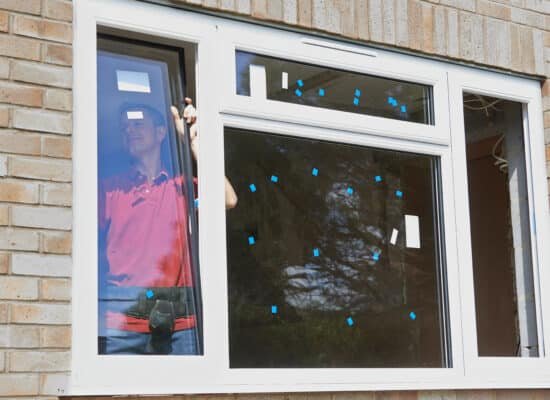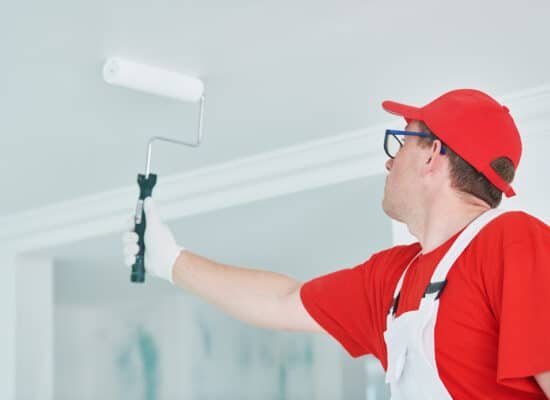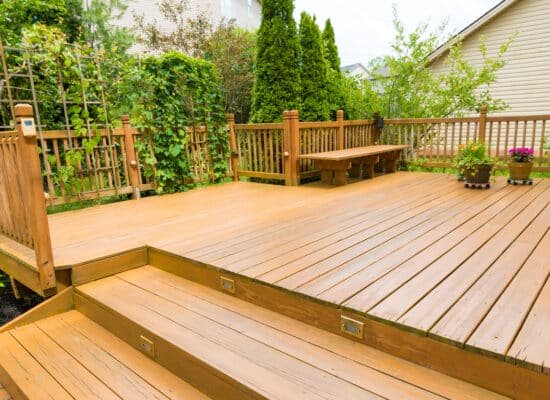The Importance of Staircases in Home Design
Staircases play a crucial role in the architecture and functionality of a home when it comes for the under stairs storage. They serve as the primary means of vertical movement within a structure, connecting different levels while adding to the overall aesthetic appeal. Beyond mere functionality, staircases can make a bold design statement, reflecting personal style and the overall theme of the home. From grand staircases in foyers to minimalist designs in modern homes, their presence can significantly impact the overall ambiance.
Table Of Content
- The Importance of Staircases in Home Design
- Functional vs. Aesthetic Value
- Different Styles of Staircases
- Creative Under Stairs Storage Solutions
- Maximizing Space with Under Stairs Storage
- Popular Under Stairs Storage Ideas
- Under Stairs Storage Ideas from IKEA
- Design Considerations for Staircases
- Materials and Finishes
- Safety Features and Guidelines
- Trends in Staircase Design
- Open vs. Closed Staircases
- DIY Staircase Projects
- Building Your Own Staircase
- Enhancing Existing Staircases
- Conclusion
- Recap of Staircase Importance
- Final Thoughts on Under Stairs Storage Ideas
- FAQs
- What are the most common materials used for staircases?
- How can I make my staircase safer?
- What are some popular under-stairs storage ideas?
- Can I build my own staircase?
- What are the current trends in staircase design?
In addition to connecting spaces, staircases can enhance the spatial experience of a home. A well-designed staircase can create a sense of openness, drawing the eyes upward and making a room feel larger. Conversely, a poorly situated or designed staircase can disrupt the flow of a home, making spaces feel cramped or uninviting. Therefore, understanding the dynamic role of staircases in both functional and aesthetic contexts is essential for homeowners and designers alike.
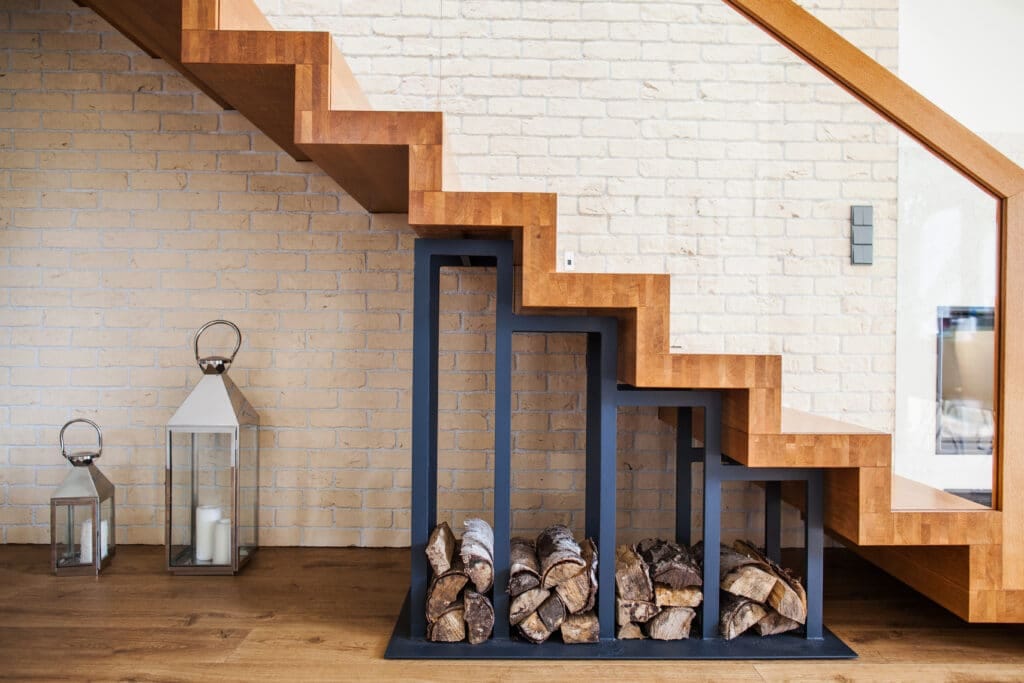
Functional vs. Aesthetic Value
The primary function of a staircase is to provide safe passage from one level of a building to another. However, this functional aspect does not diminish its potential for aesthetic contribution. A staircase can serve as a focal point in a home, especially in open-concept designs where it is visible from multiple angles. The choice of materials, colors, and design elements can transform a simple set of stairs into an eye-catching feature that complements the home’s decor.
For instance, a spiral staircase crafted from wrought iron can inject a vintage charm into a modern loft, while a sleek, minimalist staircase made from glass and steel can enhance the contemporary feel of a space. The balance between functionality and aesthetics is key; a staircase should not only serve its purpose but also enrich the visual narrative of the home.
Different Styles of Staircases
Staircases come in various styles, each reflecting different design philosophies and catering to unique spatial challenges. Traditional styles such as straight, curved, and spiral staircases offer classic elegance, often enhanced with balusters and intricate railings. For modern homes, floating staircases or cantilevered designs can provide a clean, unobtrusive look that emphasizes open space.
Furthermore, the choice of a staircase style often depends on the overall architectural language of the home. For example, a farmhouse may favor a robust wooden staircase with a rustic finish, while a contemporary apartment might opt for a minimalist metal staircase. Ultimately, the style of the staircase should resonate with the homeowner’s aesthetic preferences and the intended atmosphere of the living space.
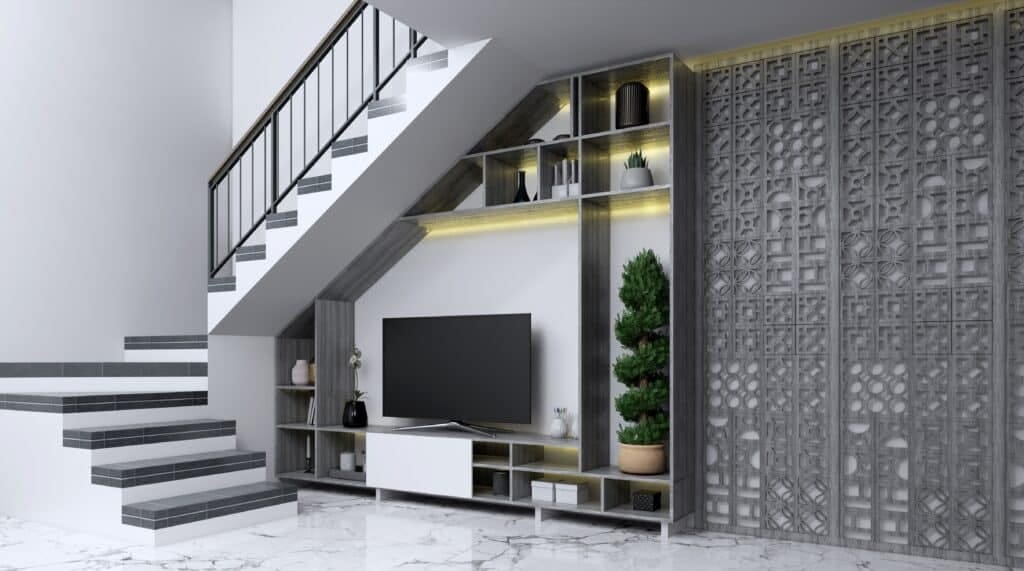
Creative Under Stairs Storage Solutions
One of the most underutilized spaces in a home is the area beneath the staircase. With a little creativity and planning, this often-neglected nook can be transformed into a highly functional storage area. Utilizing this space effectively not only helps to declutter your home but also adds a unique design element.
From built-in cabinets to cozy reading nooks, the possibilities are vast. Homeowners can explore various storage options, making the most of an area that would otherwise remain empty. This is particularly beneficial in smaller homes where every square foot counts, making under stairs storage a practical solution for maximizing space.
Maximizing Space with Under Stairs Storage
To maximize under stairs storage, consider incorporating custom cabinetry or shelving that fits seamlessly into the space. These solutions can be tailored to accommodate specific items, such as books, shoes, or household supplies. Using sliding doors or open shelving can also enhance accessibility while keeping the area organized.
Additionally, using baskets or decorative boxes can help maintain a tidy appearance, allowing for a visually appealing yet functional storage system. The key is to balance aesthetics with practicality, ensuring that the under-stairs area complements the overall design while serving its storage purpose.
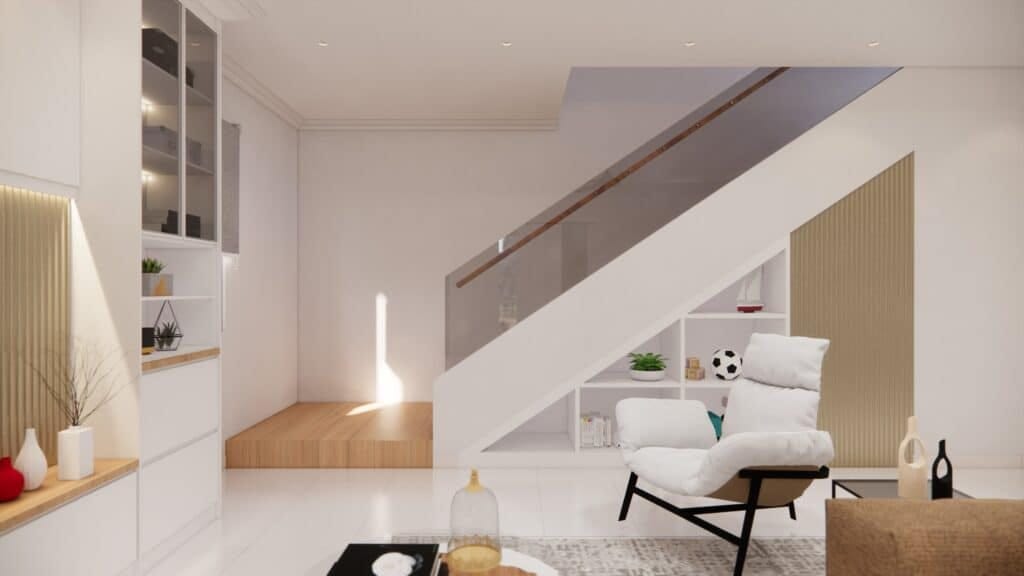
Popular Under Stairs Storage Ideas
There are numerous creative ideas for utilizing under-stairs storage effectively. Some popular options include:
- Bookshelves: Transform the area into a cozy reading nook by installing bookshelves filled with your favorite titles.
- Cabinetry: Custom cabinets can be built to house shoes, cleaning supplies, or other miscellaneous items.
- Pet Corner: Create a designated area for pet supplies or even a cozy bed for furry friends.
- Mini Office: A small desk and chair can turn the space into a compact home office.
Incorporating these ideas not only enhances storage but also adds character to the home, turning an overlooked area into a functional asset.
Under Stairs Storage Ideas from IKEA
IKEA has become synonymous with smart storage solutions, and their offerings for under-stairs organization are no exception. Their modular furniture can be adapted to fit the unique dimensions of under-stairs spaces, providing both functionality and style. For instance, the KALLAX shelving unit can be customized to create a compact yet efficient storage area.
Moreover, IKEA’s range of baskets and boxes can easily organize miscellaneous items, keeping everything neatly tucked away. By blending practicality with contemporary design, IKEA offers a variety of options that can help homeowners make the most of their under-stairs area without compromising on style.
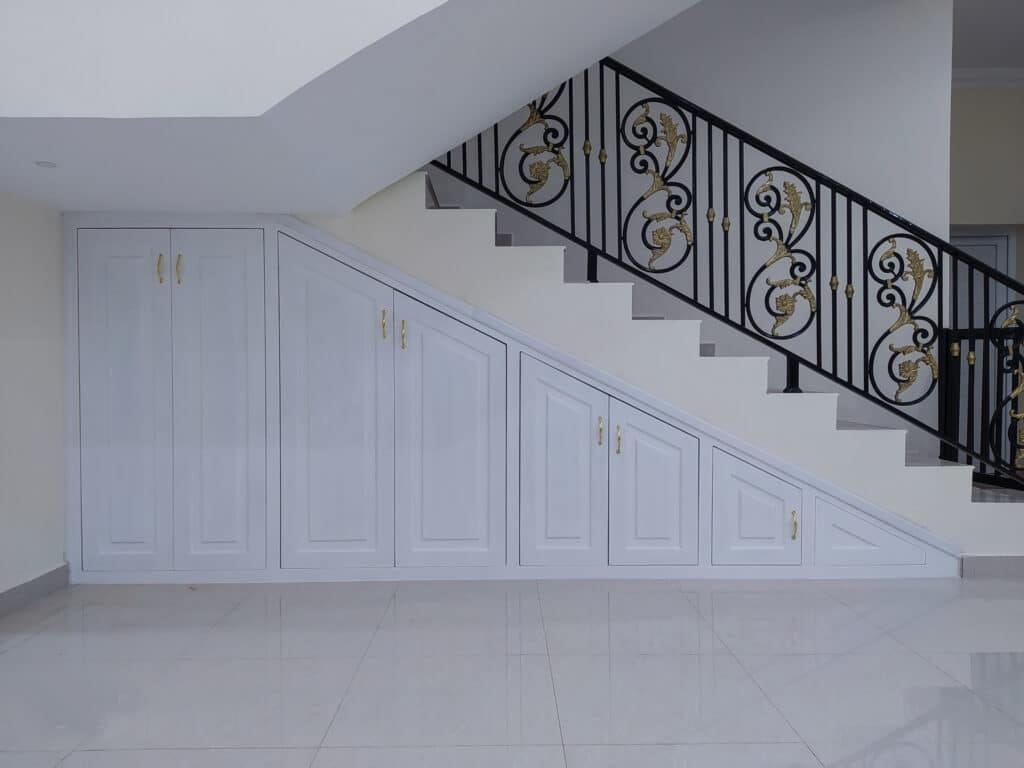
Design Considerations for Staircases
When designing a staircase, several factors must be taken into account to ensure that it is both functional and safe. The selection of materials, finishes, and safety features is critical in creating a staircase that meets the needs of its users while also aligning with the overall design scheme of the home.
Understanding these design considerations is vital for homeowners and builders alike, as they can significantly impact the staircase’s performance and longevity. A well-planned staircase will not only serve its purpose effectively but also become a lasting element of the home’s architecture.
Materials and Finishes
The choice of materials for a staircase can dramatically influence its durability, appearance, and maintenance needs. Common materials include wood, metal, concrete, and glass, each offering unique benefits and aesthetic qualities. For instance, hardwood offers warmth and elegance, making it a popular choice for traditional homes, while metal can provide a modern, industrial feel.
Finishes also play a crucial role. A well-finished surface can enhance the beauty of the material while providing protection against wear and tear. Staining, painting, or applying a clear coat can improve the staircase’s lifespan, making maintenance easier while keeping it looking fresh and inviting.
Safety Features and Guidelines
Safety is paramount when it comes to staircase design. Adhering to building codes and safety guidelines is essential for preventing accidents and injuries. Key safety features include proper handrails, balustrades, and non-slip surfaces. Handrails should be sturdy and installed at a height that is comfortable for all users.
Additionally, ensuring that stair treads are deep enough and consistently shaped can prevent missteps. Lighting is another critical component; adequate illumination enhances visibility and helps individuals navigate stairs safely, especially in low-light conditions. Prioritizing these safety features during the design process can create a staircase that is both beautiful and secure.
Trends in Staircase Design
Staircase design trends evolve over time, reflecting changes in architectural styles and the preferences of homeowners. Current trends emphasize minimalism, sustainability, and innovative use of materials. Open staircases, for example, have gained popularity as they create a sense of airiness, allowing light to flow through spaces and providing a seamless connection between different areas of the home.
Another trend involves the integration of technology into staircase designs. LED lighting can be incorporated into stair treads or even along handrails, adding both safety and a modern touch. Additionally, smart home features can control lighting or even the movement of staircases in some innovative designs, creating a stunning visual experience.
Open vs. Closed Staircases
The debate between open and closed staircases continues, with each offering distinct advantages. Open staircases can make a space feel larger and more connected, often showcasing architectural beauty and design elements. This style is particularly popular in modern homes where the emphasis is on transparency and light.
Closed staircases, on the other hand, provide a sense of enclosure and privacy. They can be designed to be more compact, making them suitable for smaller spaces. Furthermore, closed designs often allow for added under stairs storage, such as built-in cabinets or shelving underneath. Ultimately, the choice between open and closed staircases will depend on personal aesthetics and the specific needs of the home.
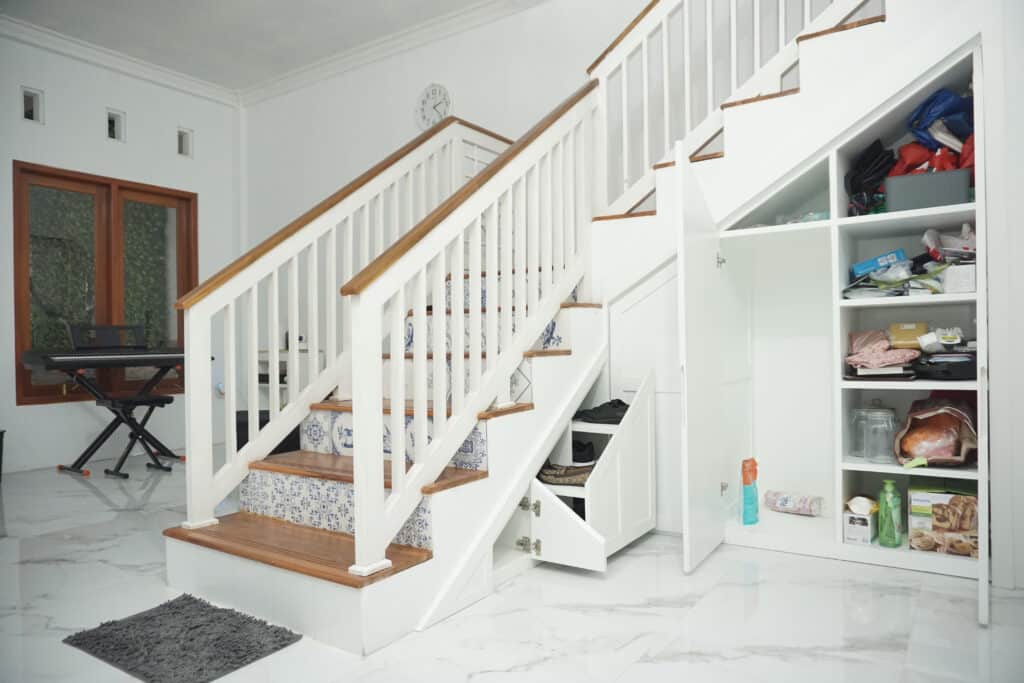
DIY Staircase Projects
For those who enjoy home improvement projects, upgrading or building a staircase can be a rewarding endeavor. DIY staircase projects allow homeowners to express their creativity and customize their space according to their personal style. From building a completely new staircase to enhancing an existing one, the possibilities are endless.
Embarking on a DIY staircase project requires careful planning and consideration of materials, tools, and safety precautions. Whether it’s painting, staining, or constructing new steps, each project can dramatically enhance the home’s overall appeal while providing a sense of accomplishment.
Building Your Own Staircase
Building your own staircase can be an intricate process but is certainly achievable with the right preparation. The first step involves measuring the space accurately and determining the type of staircase that best suits your needs. Understanding the rise and run of each step is crucial for creating a safe and comfortable staircase.
Once plans are drawn up, selecting quality materials will ensure durability and safety. It’s essential to follow local building codes during construction, as these regulations ensure that the staircase will be both functional and compliant. With proper planning, a custom-built staircase can become a stunning centerpiece in your home.
Enhancing Existing Staircases
For those who may not want to build from scratch, enhancing an existing staircase can be just as fulfilling. Simple updates such as repainting, replacing railings, or adding decorative elements can breathe new life into a staircase. Installing new carpeting or refinishing wooden steps can also transform the look and feel of the space.
Additionally, adding lighting features such as wall sconces or LED strips can enhance the atmosphere and safety of the staircase. These enhancements not only improve functionality but also contribute significantly to the home’s overall aesthetic appeal.
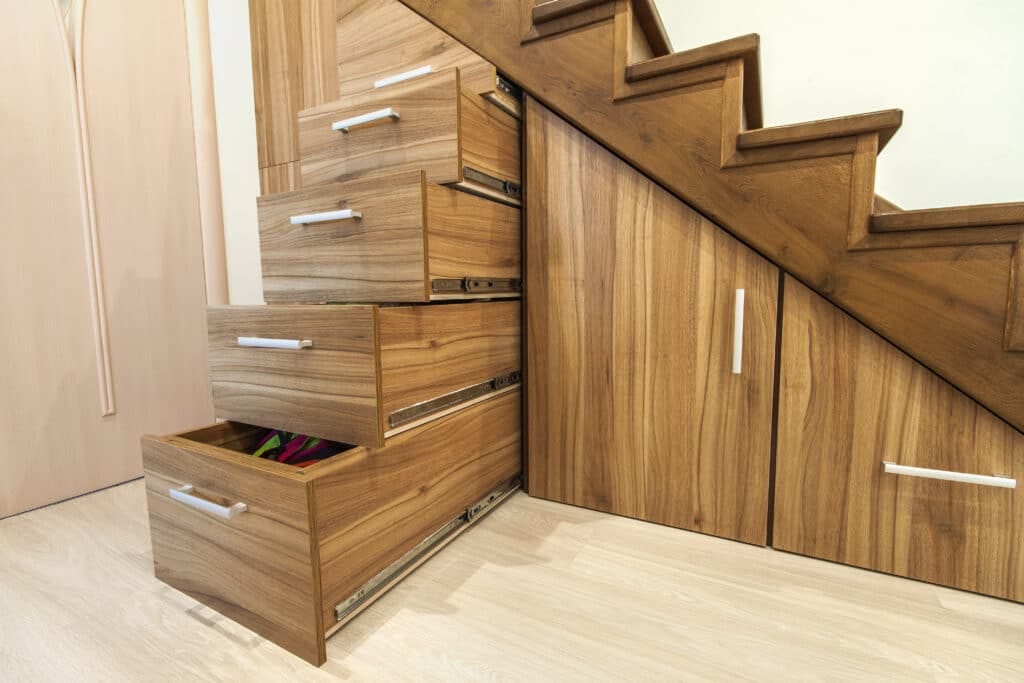
Conclusion
Recap of Staircase Importance
Staircases are far more than mere functional elements in a home; they represent a blend of utility and artistry. Their design can dramatically influence the overall aesthetic and functionality of a living space, whether they are grand, sweeping staircases or simple, utilitarian designs. Understanding the importance of under stairs storage allows homeowners to make informed decisions that enhance their living environment.
Final Thoughts on Under Stairs Storage Ideas
As we’ve explored, the area beneath the staircase holds immense potential for innovative storage solutions. By leveraging this space effectively, homeowners can not only declutter their homes but also create unique design elements that contribute to the overall aesthetic. Whether through custom cabinetry or clever shelving, the under-stairs space can be transformed into a functional asset in any home.
FAQs
What are the most common materials used for staircases?
The most common materials for staircases include wood, metal, concrete, and glass. Each material offers distinct advantages in terms of aesthetics, durability, and maintenance.
How can I make my staircase safer?
To enhance staircase safety, ensure proper handrails are installed, use non-slip treads, and maintain adequate lighting. Adhering to building codes and safety guidelines is crucial.
What are some popular under-stairs storage ideas?
Popular under-stairs storage ideas include bookshelves, custom cabinetry, pet corners, and mini offices. The key is to maximize the use of space while maintaining accessibility.
Can I build my own staircase?
Yes, building your own staircase is possible with careful planning and adherence to building codes. Accurate measurements and quality materials are essential for a successful DIY project.
What are the current trends in staircase design?
Current trends in staircase design include open staircases, innovative materials, and the integration of technology such as LED lighting. Minimalist designs are particularly popular in contemporary homes.








